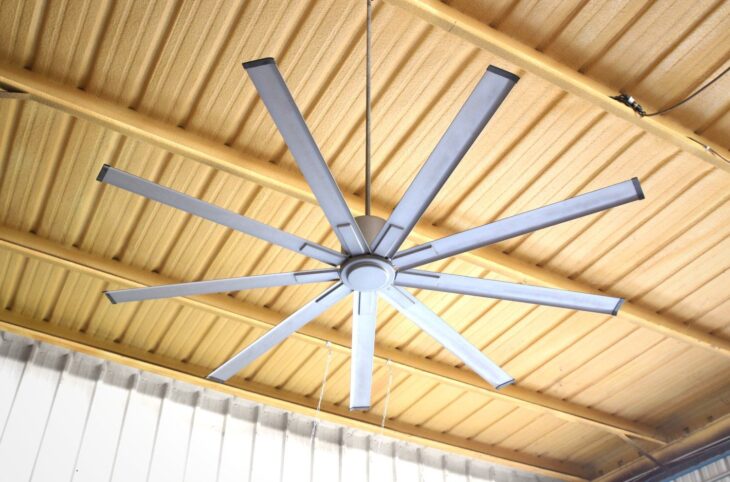
Commercial Ceiling Fans: A Buying Guide
While locations are different in terms of needs, it can’t be denied that a ceiling fan help to keep everyone cool and comfortable. And when the setting is an industrial area, installing the ceiling fans becomes more crucial so that a comfortable working environment can be created for employees. However, not all ceiling fans are suitable for every industrial premise. There are some important aspects that are to be considered for buying the right industrial ceiling fans for warehouses. This article acts as the industrial ceiling fan buying guide for the ones who are looking forward to the purchase.
Factors to Consider for Buying Industrial Ceiling Fans
- Size of the fans:
The size of the matter is the major factor to bear in mind when shopping for industrial ceiling fans for warehouses. An industrial ceiling fan’s size can vary from 56 inches in diameter to an impressively large 24 feet. But only an exceptionally large warehouse can handle 24 feet sized fans. For most premises, 56 to 74 inches ceiling fans are considered suitable. Therefore, when determining which size is best suited for the space, it is worth noting the room’s size.
- People working in the space:
It is the number of people working in the space based on which the number of ceiling fans to be bought can be determined. With the increase in the number of working people, the number of ceiling fans required also increases. The reason for this is that the more people there are in space, the warmer it tends to get.
- Mounting hardware:
Industrial ceiling fans are designed to take air from the ceiling and circulate it down to the rest of the space. When a fan does not have sufficient space between the ceiling and the fan itself, it can become harder for the air to circulate. Usually, fans in the warehouses are mounted on a rod extending down from the ceiling to the motor and blades. However, it is essential to look for the size of the space and the cooling needs when considering this particular aspect.
- Airflow rating and CFM:
It is the cubic feet per minute or CFM that are used to measure airflow rating. This particular figure is used to indicate the volume or amount of air that can be moved by the fan every minute. It is vital to keep this factor in mind because the larger the space, the lower the time frame should be as it makes sure that the fan is capable of moving air around for proper air circulation.
Conclusion
Before getting an industrial ceiling fan it is essential to understand that it is different from residential ceiling fans. Industrial fans are made with larger blades and larger diameters, powerful motors, and durable materials to provide sufficient cooling in tougher industrial environments. In addition to the listed factors, some other aspects that a business owner must consider while buying industrial ceiling fans for warehouses are the type of work being performed and also motor and wind speed of the fans.
